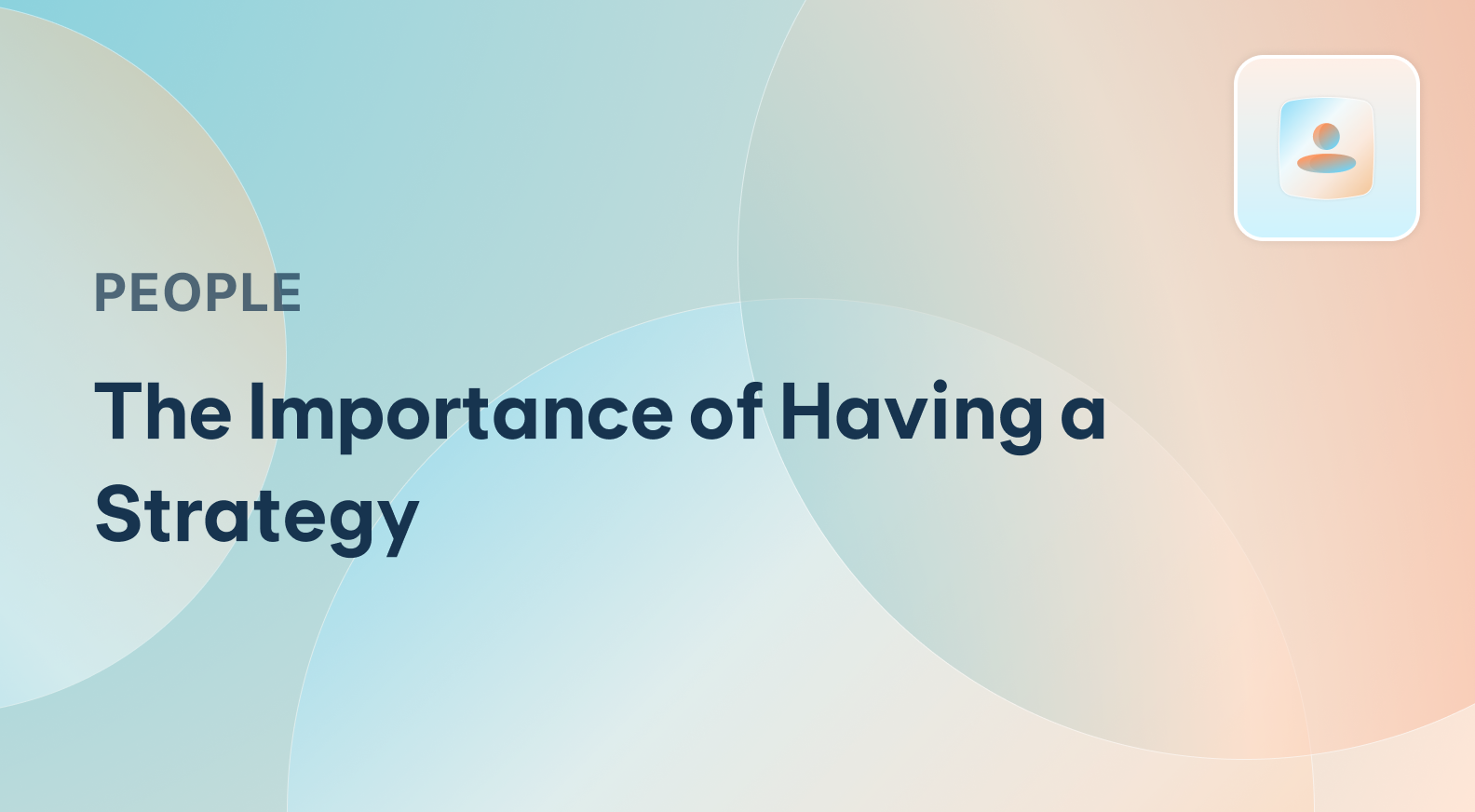My Vault Journey: The Importance of Setting a Strategy & Sticking With It

How I learned that intuition is not my friend, lessons learned from my vault journey (so far)
Recently, one of our dear Multiply users came to us with a personal story that they wanted to share. This is their story.
Why did I opened a vault? For me, it has always been about being able to compound my ETH over time. With this in mind, I was extremely excited when Summer Multiply launched.
I had some success using the product in the first period, at one point tripling the amount of collateral (ETH) I had, see the Dune graph below. However, these gains quickly deteriorated after some poor decision making. Here’s what I learned, which hopefully you can apply to your own Summer.fi Multiply Journey.Yes
The decision-making mistakes
My core mistakes came later into my journey. I had my vault open for nearly two years at this point - patiently accumulating a position on an asset that I have strong conviction in.
- Mistake #1: Not having an exit point
It’s important to know your exit points. This is something that I did not really think about beforehand, but you should always set a threshold where you should close your position. This can be denominated in collateral, fiat, or something you want to buy.
For example, in hindsight, a great exit point would have been a break of the ETH/USD all time highs. In the future, it is my aim to have this as my exit point.
- Mistake #2: Understanding if an action puts you in a position of weakness or strength.
Early in the cycle, I made my Summer.fi Multiply decisions in a cautious way. Crypto markets can dump at any time, so I made sure to think about that scenario when clicking the confirm button to buy. This started to turn sour when even later in the cycle I gave much less consideration to the downside. So when markets started to turn against me, I was in a position of weakness, not strength.
Something as simple as asking yourself, ‘if a correction happens from here, will I be in a position of weakness, robustness or strength?
Learning from mistakes
The mistakes that I have mentioned could be unique to me, but I think that the lessons learned can be applied to anyone.
- Lesson #1: Have a plan
Certainly, markets can go higher than your wildest dreams, but that doesn’t mean you should revise your plan, especially when dealing with debt. Prior to opening a position, identify your strategy, your exit points and stick to your plan to take profits, in any way that you deem best for you. (Collateral like ETH, DAI, Fiat, or something else)
- Lesson #2: Thinking in scenarios and the position that they put you in
Crypto markets can be wild in terms of price action, so thinking in scenarios can be very important. Why? because the goal should be to be in a position of strength in any scenario. Before taking any actions in a vault, both risk on or risk off, think about or write down the base case, bear case and bull case scenarios, and make sure that you can survive them.
- Lesson #3: Patience and time horizon
Many bad decisions are the result of wanting things to happen faster, pulling the future forward through some mechanism. In the case of Multiply, patience is key, especially as it relates to your time horizon. If you plan to be in a position for years or decades, it pays to be patient and not try to bring the future forward.
Making it actionable
The purpose of this post is to make these lessons actionable. As I thought about that, it made me realise that fundamentally, all of these mistakes and subsequent lessons came down to decisions.
And as it turns out, there are processes and frameworks that can aid in decision making. Two of the best aides for decision making are:
- Making a decision checklist
- Keeping a decision journal
Making a decision checklist
Making a decision checklist will be personal to you, but it should generally be used before making an investment decision.
How to make your own decision checklist.
Step 1: Write out all your attributes
The first thing you will need to do is write down all the key aspects of your investment decisions and lessons learned from prior investments.
Given past experiences, you may have specific attributes that you want to check prior to making decisions. With that said, there are also well researched insights into human judgement that can serve as a starting point.
Here’s a list of things to check based on my experience and empirical research. They are broken down into three categories: Psychological and emotional attributes, Fundamental Attributes, and Probabilistic Attributes.
We’ve included a template here for you to use at your own discretion, which we believe is a great starting point.
Step 2: Slow down and assess, then decide, but separately.
Make it a habit. Every investment decision should be strategically intercepted by your decision making checklist. Of course, it is not a panacea and will not make every investment decision a success, but will give you a basis to assess your future decisions from.
This video (2 min) does a great job of explaining step number 2 and the importance of this process in general.
Keeping a decision journal
Your decision checklist should not be static, as such you should refine it over time to see what part of your decision making process is casual to mistakes, or successes. Updating your assumptions is essential to becoming resilient.
How to make an investment decision journal.
Step 1: List out the asset and the contextual attributes of the investment decision
- First list out the key attributes of the investment decisions context. We have included a template of attributes that we think are of great value, but ultimately you have to make it yours.
- Our list of attributes:
- The core investment decision
- The action done (buy, sell, strategy execution)
- Whether or not went through decision checklist
- Decision quality (subjectively in the moment)
- Market sentiment
- Level of understanding
- Brain trust validation
- Mental / Physical state
You can create an investment decision journal with similar attributes, we used this as inspiration.
Additional Resources
The realm of decision making in investing is infinitely complex and this article is simply my experience so far, I still have much to learn. Below are some key resources that have helped me continue to learn, and hopefully can be of assistance to you.
- Annie Duke speaking about the importance of decision hygiene and using decisions processes to avoid “resulting”.
- Daniel Kanheman speaking about the importance of of agent based thinking as it relates to system 1 (intuition) and system 2 (deliberate processes for rational decision making)
- Light Crypto on the Uncommon Core podcast talking about the “The Art of Trading”
The next time I multiply
Reflecting on the use of Summer.fi Multiply has made me more excited than ever. Internalising these lessons has provided me with the insight to use Multiply in new ways that allow me to capitalise on the lessons I have learned and the decision making tools that I have introduced into my process.
Getting help
If you have any questions regarding Summer.fi in general, you contact us at support@summer.fi or on our social media.

